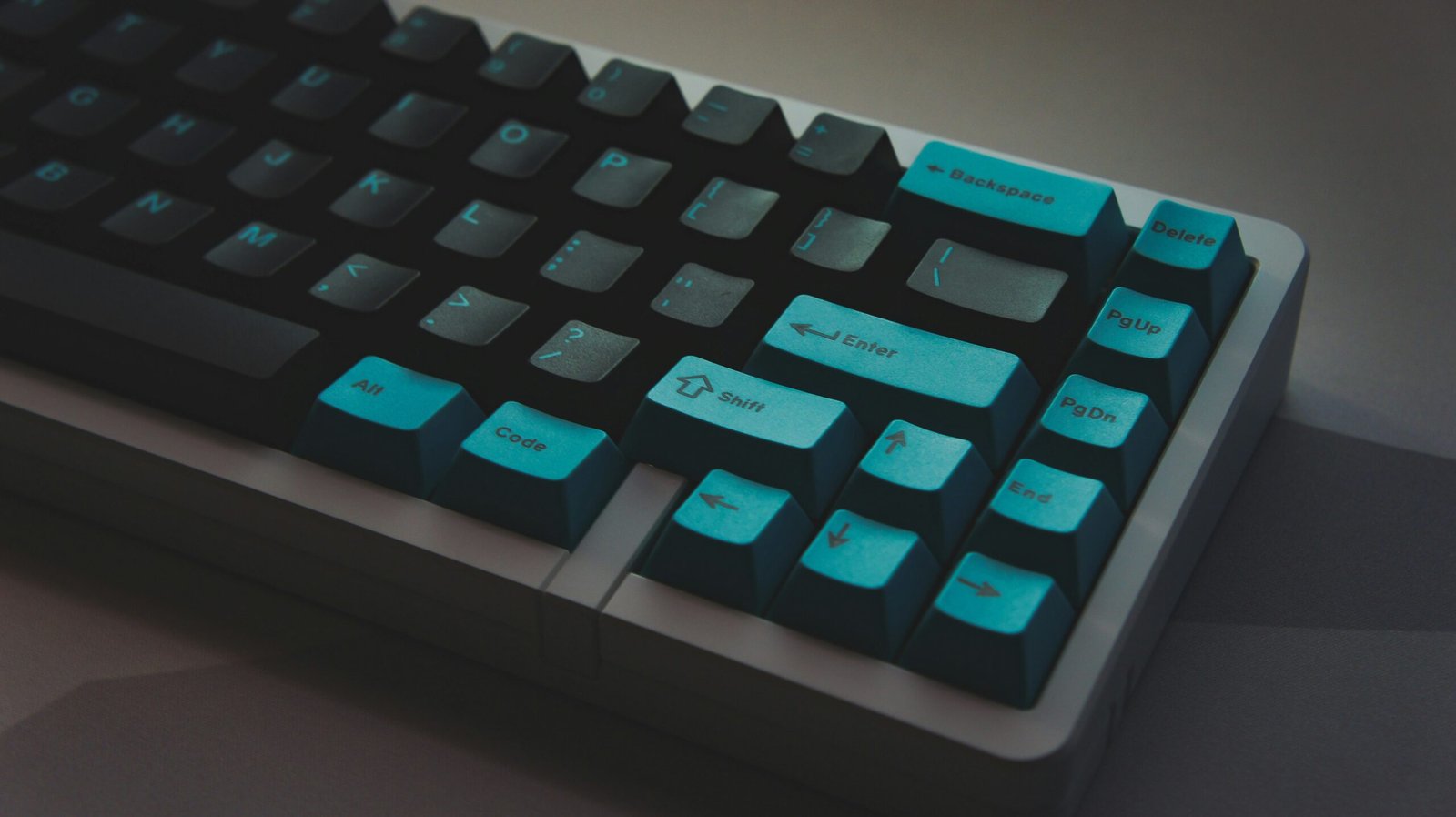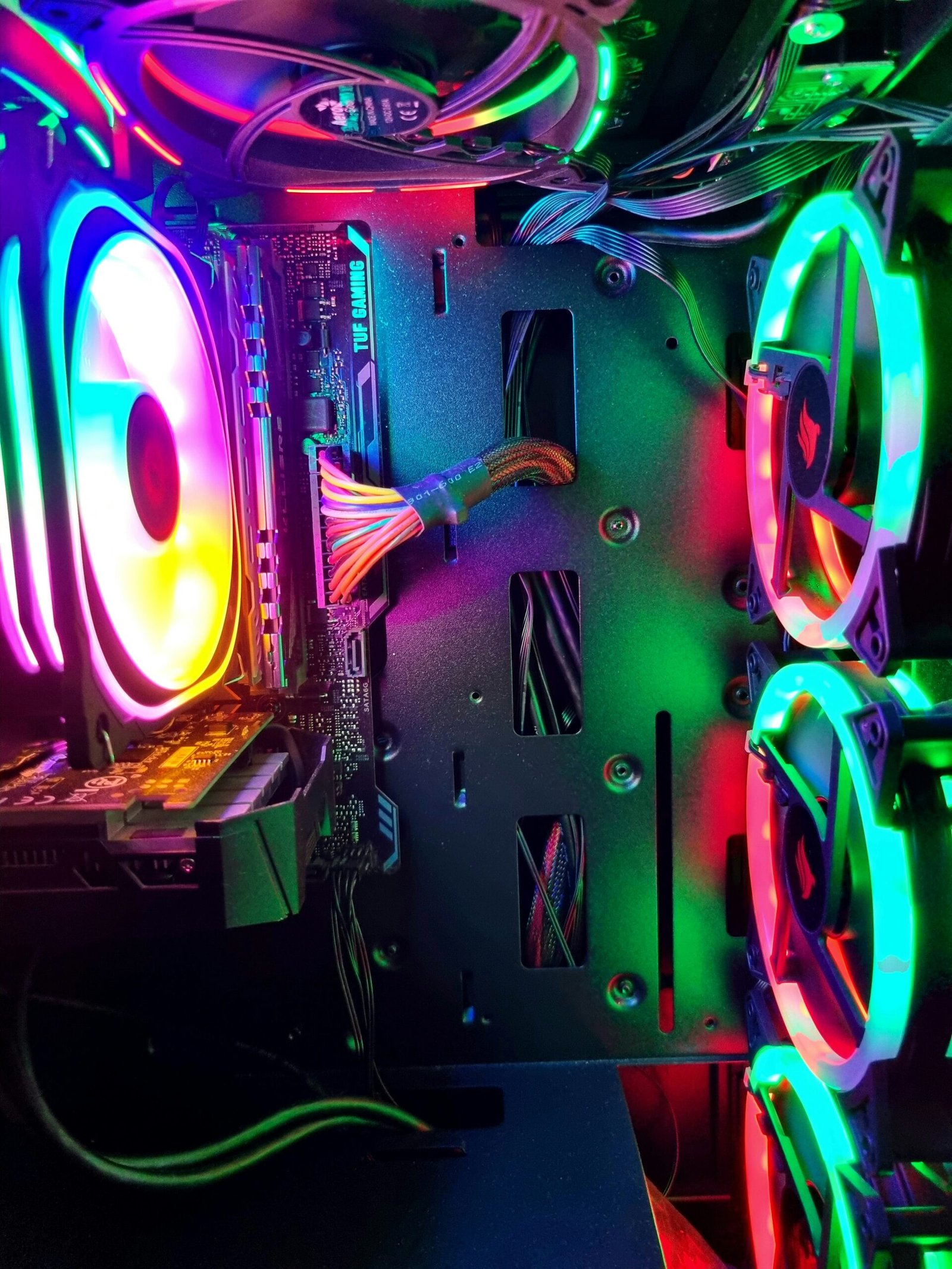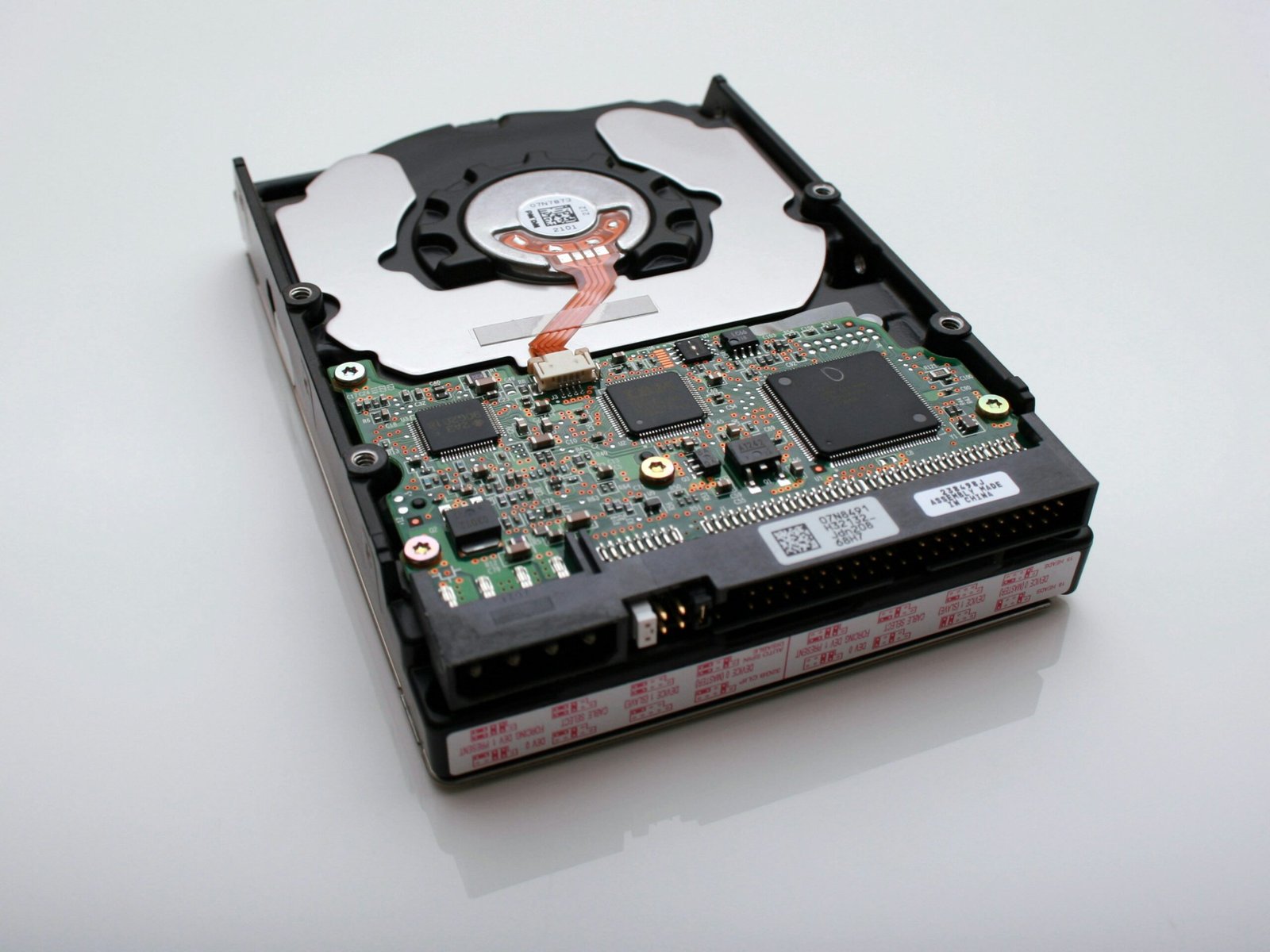How Keyboards Work

Keyboards are an essential input device that allows us to interact with computers and other electronic devices. Whether we are typing an email, playing a video game, or conducting research, the keyboard plays a crucial role in our daily lives. But have you ever wondered how keyboards actually work? In this article, we will explore the inner workings of keyboards and the technology behind them.
Key Construction
A keyboard consists of a series of keys, each representing a specific character, symbol, or function. The keys are arranged in a specific layout, such as QWERTY or AZERTY, depending on the region and language. The keys are typically made of plastic and have a spring mechanism that allows them to be pressed and released.
Switches and Membrane Keyboards
Underneath each key, there is a switch that registers the keystroke. The most common type of switch used in keyboards is the dome switch. Dome switches are made up of two layers of conductive material separated by a rubber dome. When a key is pressed, the dome collapses, allowing the two layers to make contact and complete the circuit, registering the keystroke.
Another type of switch used in keyboards is the mechanical switch. Mechanical switches are known for their tactile feedback and durability. They use a spring and metal contacts to register keystrokes. Mechanical keyboards are popular among gamers and typists who prefer the tactile feel and responsiveness of these switches.
Membrane keyboards, on the other hand, do not use individual switches for each key. Instead, they have a single membrane layer with conductive traces. When a key is pressed, it pushes down on the membrane, making contact with the conductive traces and registering the keystroke. Membrane keyboards are commonly used in laptops and other compact devices.
Keyboard Interfaces
Keyboards connect to computers and other devices using different interfaces. The most common interface is the USB (Universal Serial Bus) connection. USB keyboards are plug-and-play, meaning they can be connected to a computer without the need for additional software or drivers.
Another interface used for keyboards is Bluetooth. Bluetooth keyboards are wireless and can be connected to devices such as smartphones, tablets, and smart TVs. They offer the convenience of mobility and eliminate the need for cables.
Keyboard Layouts
Keyboards come in different layouts to accommodate different languages and regions. The most widely used keyboard layout is the QWERTY layout, named after the first six letters on the top row of keys. The QWERTY layout was designed to prevent mechanical typewriters from jamming by separating commonly used letters. Other popular layouts include AZERTY, used in French-speaking countries, and QWERTZ, used in German-speaking countries.
In addition to the standard layout, keyboards may also have additional keys for specific functions. These include multimedia keys for controlling audio and video playback, shortcut keys for launching applications or performing specific actions, and gaming-specific keys for gamers.
Conclusion
Keyboards are a fundamental input device that allows us to communicate with computers and other devices. Whether it’s a dome switch or a mechanical switch, a membrane keyboard or a traditional layout, understanding how keyboards work can help us appreciate the technology behind this essential tool. So the next time you type away on your keyboard, take a moment to think about the intricate mechanisms that make it all possible.



